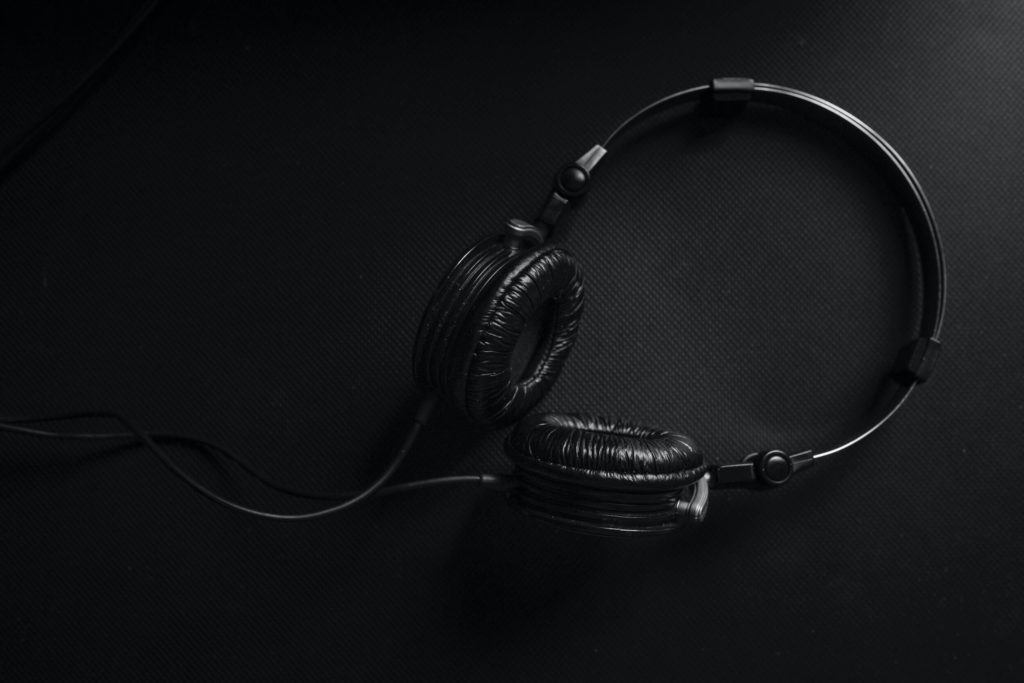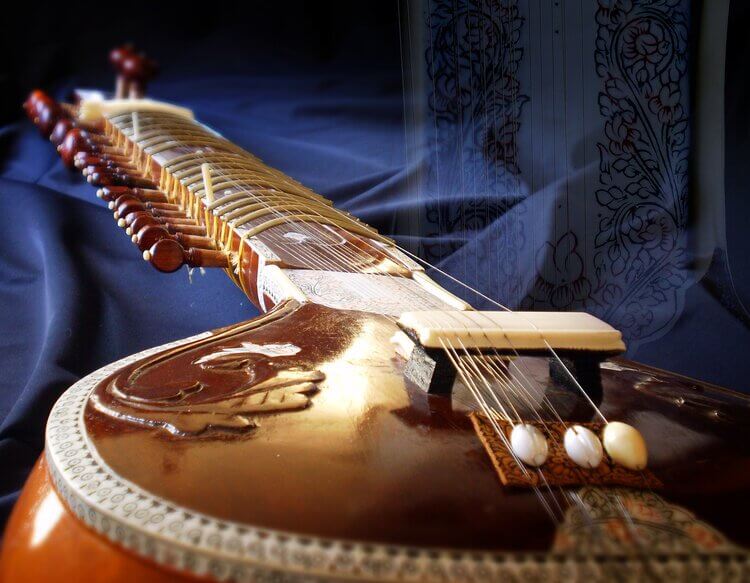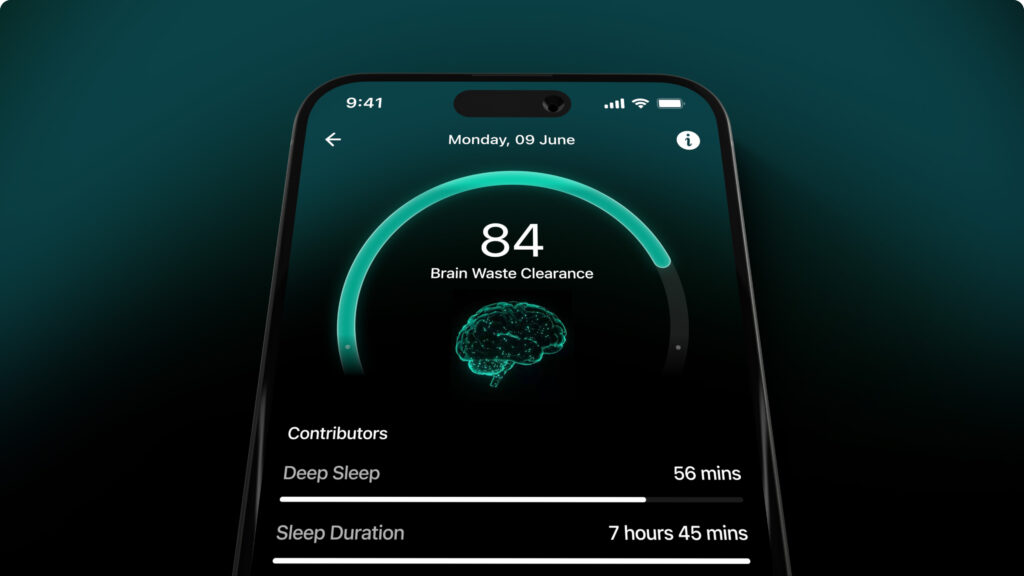Music is a big part of all of our lives. It’s a universal phenomenon, embedded in societies and cultures throughout the world. Every society has its unique take on music, and it’s subjective to the environment, culture and way of life. Even in its variety, the purpose of music remains the same throughout the world, to transcend the mundane, and to decorate time. If art is the process of decorating space, music is the process of decorating time, unique to every society and culture.
Highlights
- Ragas are scientifically proven to have a positive impact on the psyche and brain performance associated with general well-being,
- Analysis from the said study revealed that different ragas invoke distinct emotions, that tonal intervals between rhythm are good predictors of the emotional response,
- Ancient Greeks and Indians were aware of the therapeutic properties of music and used it to treat a whole array of ailments.

What is Raga in Indian Classical Music
The word Raga, or Ragam, in Southern India, has its root in Sanskrit and translates to colour. A raga has its elements written down in scales, which may be ascending or descending. Using notes within a particular scale, a musician sets out to create a certain ambience or atmosphere (rasa), seeking to invoke a wide array of emotional responses within us.
There are several hundred established ragas, and thousands more are possible, in theory, all varied in the atmosphere that they’re seeking to bring about. Ragas are scientifically proven to have a positive impact on the psyche and brain performance associated with general well-being. Our topic of focus is to delve deeper into how ragas affect brain activity, how it helps shape our emotions, the science behind it, and why we should all incorporate them into our playlists.

The Science Behind How Ragas Affect Brain Activity
To understand how ragas affect our temperament, we need to understand some of the basics involved in raga composition. To compose a raga, it is usually presented in two modes, alaap and gat. Alaap is the note by note breakdown of a raga, usually bound by a slow tempo, but not adhering to a rhythmic cycle, whereas gat is performed at a faster tempo, bound by a rhythmic cycle.
A study carried out by the Speech and Language Laboratory, Cognitive Neuroscience, National Brain Research Centre, India along with the Centre for Integrative Neuroscience and Neurodynamics, School of Psychology and Clinical Language Sciences, UK, wherein 122 participants rated their experiences to listening to the alaap and gat of 12 ragas. Analysis from the said study revealed that different ragas invoke distinct emotions, that tonal intervals between rhythm are good predictors of the emotional response, and finally, that the tone of the composition determines the emotion experienced.
What this study establishes is that different ragas produce different emotional responses. Not only the raga, but the interval between the notes played, as well as how fast or slow they are played, have an impact on the emotional response. Ancient Indian sources of music have also documented the emotions associated with raga, and have them labelled under love, laughter, anger, compassion, disgust, horror, heroic, wonder, peace, and spiritual devotion. While we are aware that raga music, or any genre of music, elicits in us, various emotions, feelings and attitudes, it may bring about another question as to how music has the power to invoke emotions in us? From a cognitive perspective, emotional responses to music occur based on our subjective experiences, our mode of appraisal, or evaluation.
We determine what is being felt, by our own experiences, and music just serves as the soundtrack. Soundtrack not accompanied by a visual experience, but by an emotional one, which transcends picture, and speaks directly from the truth of experiences. Raga is associated with eliciting varied emotions, to different ragas, determined by their notes. Numerous studies, such as the one conducted by Balkwill and Thompson (1999) wherein 30 western listeners were asked to determine the expression of 12 Hindustani ragas intended to express anger, joy, peace, and sadness. Despite being unfamiliar with the culture, the listeners were sensitive to the intended emotion of the raga. This establishes the correlation between raga and its subsequent emotional responses within us. Bearing the emotional response induced by ragas in our mind, let us further look into how they can help aid our well-being.

Why Raga Music Should Be Incorporated Into Our Playlists
The Indian Journal Of Psychiatry has an in-depth article compiling the effects of raga music on our well-being and has stated that India’s rich musical heritage has a lot to offer modern psychiatry. However, the ancients had already ascertained the healing properties of music and sought to incorporate music in various treatments of the body, by speaking directly to the soul, through music. Ancient Greeks and Indians were aware of the therapeutic properties of music and used it to treat a whole array of ailments.
Different Ragas have different healing property here are some
- Raga Chikitsa or raga cure is a process wherein the improvisational elements of ragas were utilized to create a rasa, i.e, the general ambience or mood, which impresses certain emotions on the listener, irrespective of the lyrics.The prevailing rasa can easily be induced to change, by playing around with the notes in a given raga, the tempo, as well as the rhythmic cycle.
- Bhava is termed as the emotion conveyed by a raga and is the essence of a raga, which instils life to it. Therefore, ragas are suitable for emotional healing in conditions of stress or anxiety, through music therapy.
- The next time you feel stressed out or anxious, try tuning into sriranga (love), hasya (laughter) or adbhuta (wonder) rasas of ragas, and see the positive emotions induced by them, seeking to eliminate stress and anxiety.
- Additionally, the Neelambari raga is known as the sleep-inducing raga, used as an aid to provide a good night’s sleep.
- Lullabies composed in Southern India employ the Neelambari raga to enable babies to fall asleep easier. This sleep-inducing element of the Neelambari raga is attributed to its soothing melodic structure, relaxed pace, and stretched out notes, enabling us to fall asleep easier.
It’s high time we incorporate it into our nighttime routine, as a part of our sleep playlist.
Conclusion
Listening to music brings out the best in an individual, connecting us to the sphere of flow and creativity. It should be viewed as a fundamental need, helping us colour our lives vibrantly. Raga music, India’s very own indigenous creation, has a major propensity to be used in music therapy and can be used as the rightful soundtrack, to any facet of life, owing to its diversity, as well as its emotional inducing aspect.
Disclaimer: The contents of this article are for general information and educational purposes only. It neither provides any medical advice nor intends to substitute professional medical opinion on the treatment, diagnosis, prevention or alleviation of any disease, disorder or disability. Always consult with your doctor or qualified healthcare professional about your health condition and/or concerns and before undertaking a new health care regimen including making any dietary or lifestyle changes.
References
- India’s rich musical heritage has a lot to offer to modern psychiatry – PMC
- Frontiers | Emotional responses to Hindustani raga music: the role of musical structure | Psychology
- raga | Indian musical genre | Britannica
- Raga – Wikipedia
- A Cross-Cultural Investigation of the Perception of Emotion in Music: Psychophysical and Cultural Cues







